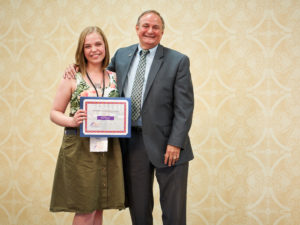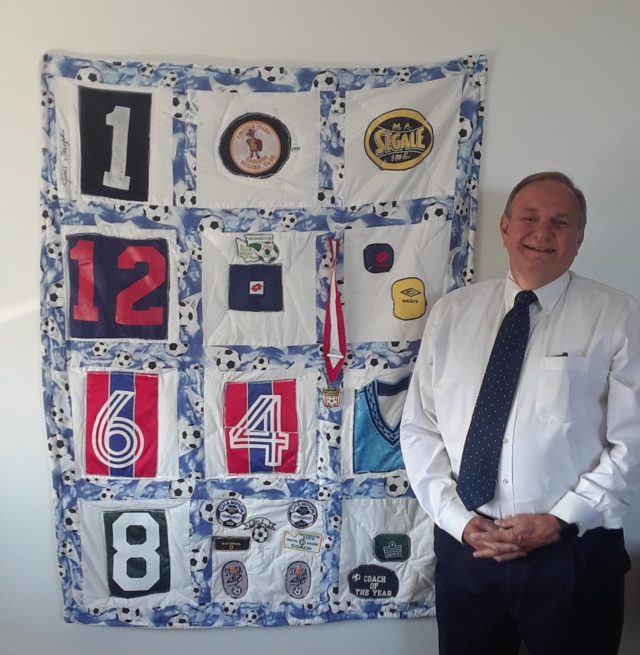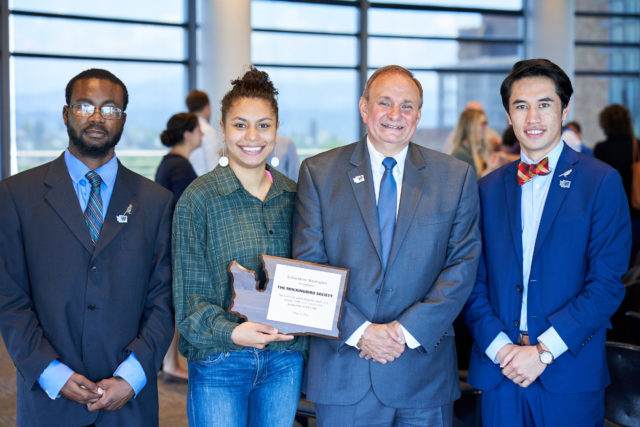Update: The House and Senate have both included $500,000 towards the Centralized Diversion Fund in their budgets! Please join us in thanking our elected officials for this investment. Email and tweet your legislators here: https://p2a.co/HVFll02
We know that youth and young adult homelessness has many faces. It can look like the high school student who left grandma’s house to couch-surf after grandma couldn’t afford to feed them anymore. Or like the 18-year-old who no longer feels safe staying with their parents after coming out, and just doesn’t have enough money saved up to make a deposit on an apartment. Or even like the 22-year-old parent about to lose their job and rent money because they can’t afford yet another car repair.
If homelessness can look so many ways, our solutions to homelessness need to be just as varied. It just won’t cut it to give a young person a list of resources and hope that their situation fits into the constraints of the system. That’s why A Way Home Washington is establishing the Centralized Diversion Fund. Communities around the state will have access to the fund to help young people obtain the support they need to stay housed, starting with our four Anchor Communities: Pierce County, Spokane, Walla Walla and Yakima. Supporters in these communities agree that we need flexibility and creative solutions to address each young person’s unique needs.
“The Centralized Diversion Fund would be an incredibly powerful platform for increasing collaboration across all organizations and systems that impact young people’s lives,” said Matthew Davis, Homeless Program Specialist for the City of Spokane and lead of our Spokane Anchor Community team. “It would allow us to more efficiently resolve young people’s homelessness by being more immediately responsive to their specific barriers to housing.”

To establish the Centralized Diversion Fund, we need support from across different sectors. Our generous private funders have committed $500,000 to the project, which will set up the infrastructure and supply an initial pool of funds. To ensure its sustained success and scalability, we are asking the state legislature to include another $500,000 for the Centralized Diversion Fund in the 2020 state budget. Our communities and young people have no time to spare to rely on this needed support.
“Young people experiencing homelessness in our community do not have many options for the supportive housing that many really need to reach their potential,” said Joshua Jackson, Executive Director of Rod’s House and the lead of our Yakima Anchor Community team. “Right now, young people often have to wait until they have been repeatedly traumatized, exploited, abused, etc., often for years, before they can get the housing support they need. The Centralized Diversion Fund will help ensure it NEVER happens in the first place.”
On February 21, supporters from around the state will gather at our state capitol to urge elected officials to include these funds in the 2020 state budget. Every email and tweet counts – contact your elected officials and tell them that communities and young people around the state deserve a fully funded Centralized Diversion Fund!



